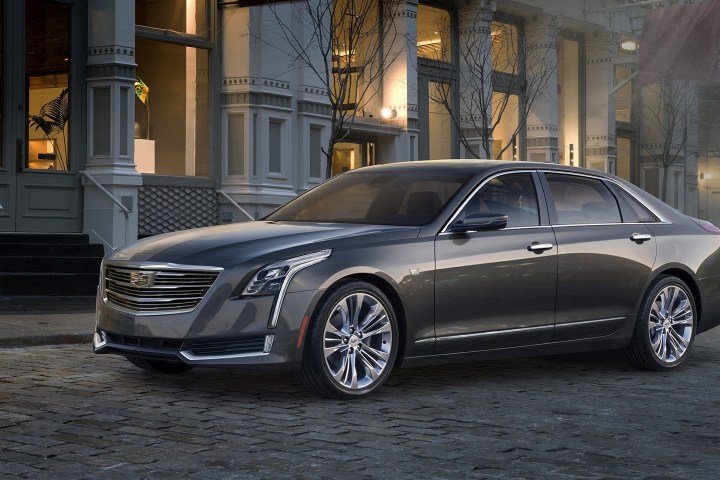
“Super Cruise breaks new ground with true hands-free capability for the highway and will be introduced in 2017,” GM said in a statement. “Getting the technology right and doing it safely is most important, so the exact month of introduction cannot be announced at this time.” Of course, given that your car would be effectively driving itself on long stretches of road, it comes as a relief that the manufacturer isn’t pushing things forward before they’re ready. But as Alex Davies of Wired notes, Super Cruise isn’t really all that groundbreaking — rather, it’s more like autopilot, keeping you at a constant speed and within your lane. Your car still wouldn’t be able to make complex decisions — no lane changing, swerving, or anything of the like.
Even Cadillac chief Johan de Nysschen has spoken to the modesty of the new feature, calling it, “just another layer that provides a degree of semiautonomous vehicle capability.” But regardless, that layer just isn’t ready to go yet.
In an interview on Thursday, GM’s global product chief Mark Reuss assured the press, “It [Super Cruise] will come out when it is ready.” But as for when it’ll be ready has yet to be determined.
So don’t expect to see any 2016 CT6’s rolling around the highways with their drivers asleep at the wheel. Or if you do, you might consider calling the authorities.

